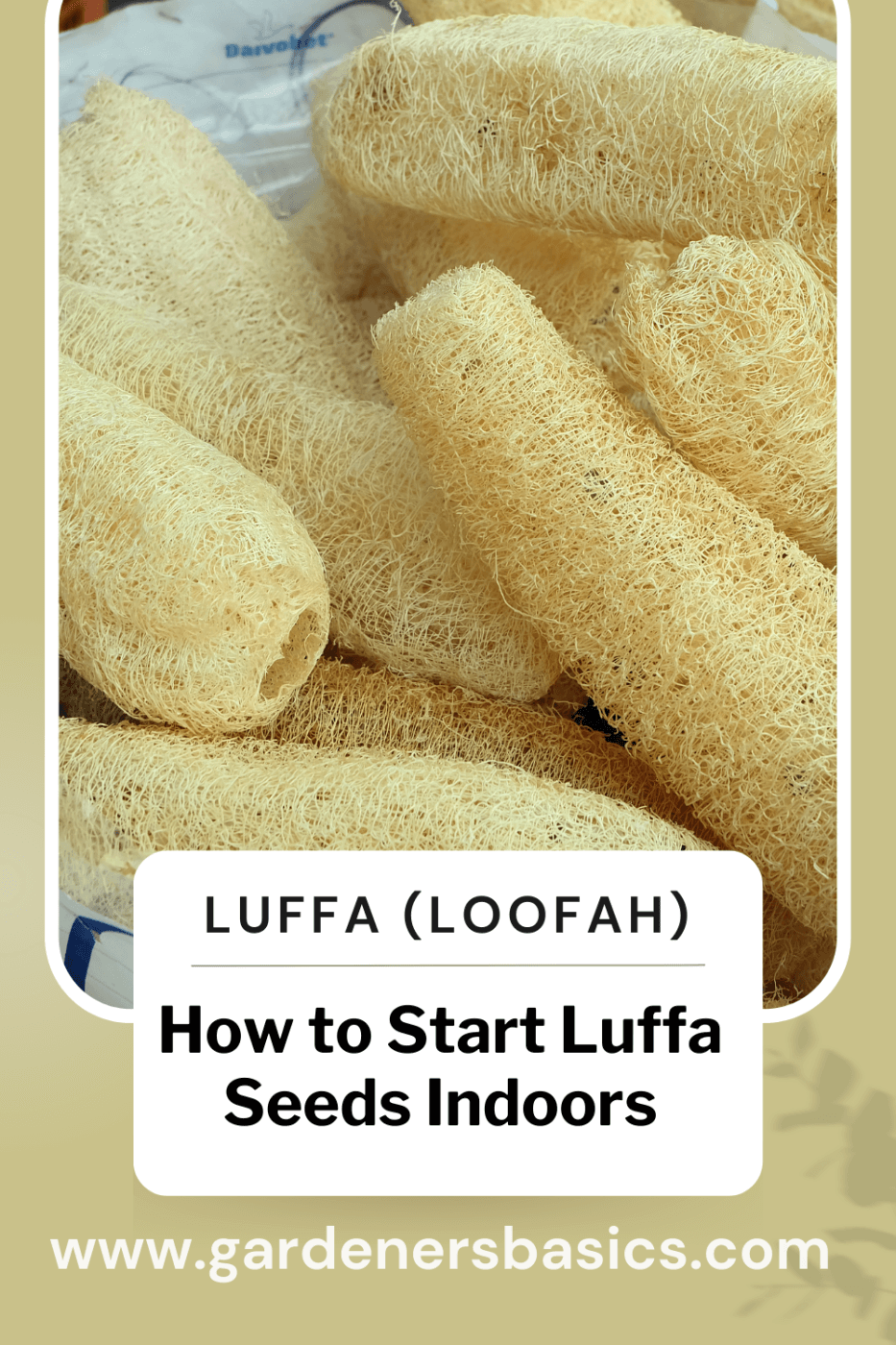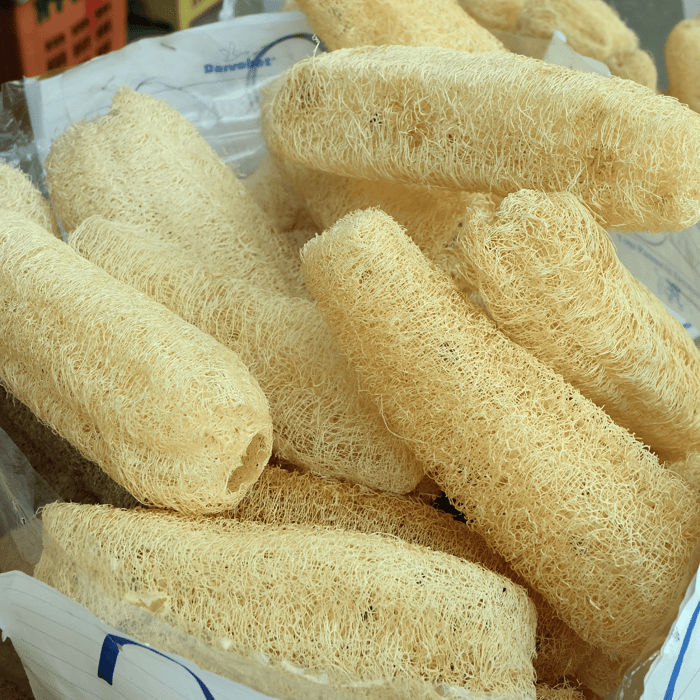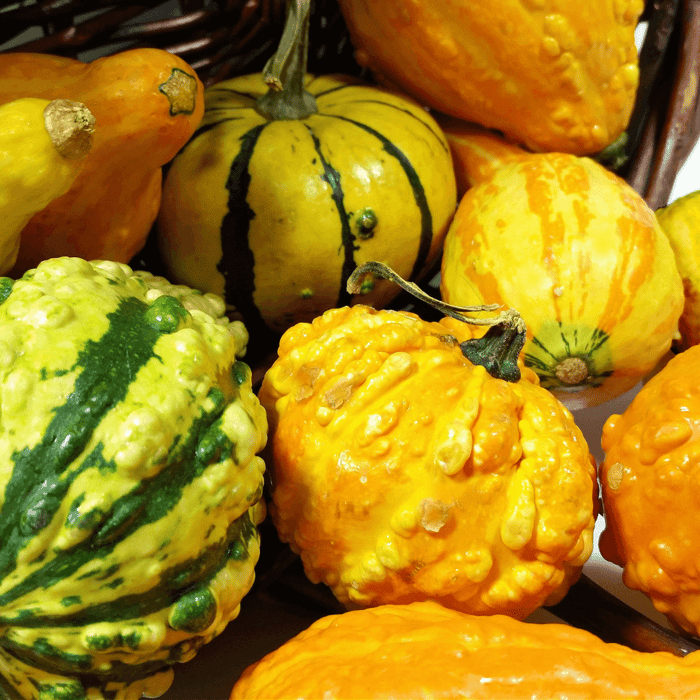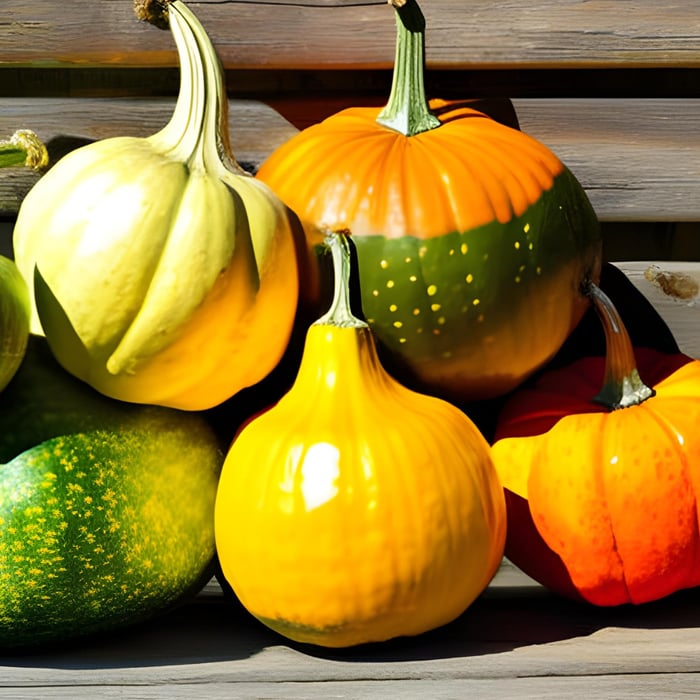As a gardener, I've always found it fascinating to grow plants with multiple uses, and the Luffa (Luffa aegyptiaca) is one such plant. Luffa (loofah, loofa), also known as sponge gourd or vegetable sponge, is not only grown for its edible fruits but also for its fibrous interior that makes excellent natural loofah sponges. In this in-depth article, I will guide you through how to start luffa seeds indoors and ensure your success in growing these unique plants. Let's dive in!
Table of Contents
- Introduction to Luffa
- Understanding Luffa Plant Characteristics
- Preparing for Planting
- Starting Luffa Seeds Indoors
- Caring for Your Luffa Seedlings
- Transplanting Luffa Plants Outdoors
- Growing Luffa Vines
- Harvesting and Processing Luffas
Introduction to Luffa
Luffa belongs to the Cucurbitaceae family, which includes other popular plants like cucumbers, melons, and squash. There are two main species of Luffa – Luffa aegyptiaca (smooth luffa) and Luffa acutangula (ridged luffa). This article will focus on Luffa aegyptiaca, known for its smooth green skin and fibrous interior, perfect for making loofah sponges.
Understanding Luffa Plant Characteristics
Before we delve into planting and growing luffa plants, let's get to know their characteristics:
- History of the Seed: Luffa aegyptiaca is native to India and has been cultivated for centuries for its edible fruits and fibrous interior.
- Days till maturity: Luffa loofah plants typically take 110-150 days to mature from seed to harvest.
- Planting depth: Seeds should be planted about 1 inch deep.
- Plant spacing: Space plants 18-24 inches apart in rows 6-8 feet apart.
- Days to germination: Luffa seeds usually germinate within 7-14 days, depending on temperature and moisture conditions.
- Start indoors or direct sown: Luffa seeds can be started indoors for an earlier harvest or direct sown outdoors after the last frost date.
- Full sun or partial shade: Luffa plants prefer full sun for optimal growth and fruit production.
- When to harvest: Harvest luffas when they are young and tender for eating, or wait until the outer skin turns brown and the fruits are dehydrated for making luffa sponges.
- Plant height: Luffa vines can grow up to 20-30 feet tall when provided with a sturdy trellis or support.
- Plant width: Each plant can spread up to 3-4 feet wide.
Preparing for Planting
Gather Your Supplies
Before starting your luffa seeds indoors, gather the following supplies:
- Luffa seeds
- Seed starting mix
- Seed trays or small pots
- Plastic wrap or a seed tray cover
- Heat mat (optional)
- Grow lights or a sunny windowsill
- A trellis or sturdy support for the growing vines
Determine Your Frost Date
The last frost date is a crucial piece of information for starting your luffa seeds indoors. Luffa plants are sensitive to frost, so you should start your seeds indoors about 4-6 weeks before your last expected frost date. This will give your luffa plants enough time to grow and develop before being transplanted outdoors when the weather warms up.
Starting Luffa Seeds Indoors
-
Soak the seeds: Soaking luffa seeds in warm water for 24 hours before planting can help improve germination rates. This softens the harsh outer seed coat and encourages the roots to sprout more quickly.
-
Fill seed trays or pots: Fill your seed trays or small pots with a good-quality seed starting mix. Ensure that the containers have drainage holes to prevent overwatering.
-
Plant the seeds: Place one soaked luffa seed per cell or pot, about 1 inch deep, and cover it with the origin starting mix. Gently pat down the mixture to ensure good seed-to-soil contact.
-
Water the seeds: Water the seeds thoroughly, ensuring the starting mix is evenly moist but not waterlogged.
-
Cover and warm the seeds: Cover your seed trays or pots with plastic wrap or a seed tray cover to maintain humidity during germination. If possible, place the containers on a heat mat, as luffa seeds germinate best at temperatures between 70-85°F (21-29°C).
-
Provide light: Place the trays or pots on a sunny windowsill or under grow lamps, ensuring they receive at least 6-8 hours of sunshine daily.
Caring for Your Luffa Seedlings
-
Monitor temperature and moisture: Keep the seed starting to mix moist but not waterlogged. Remove the plastic wrap or seed tray cover once the seeds have germinated, and maintain a temperature between 65-75°F (18-24°C).
-
Fertilize the seedlings: Once they have developed their first set of true leaves, apply a diluted liquid fertilizer every 2-3 weeks to promote healthy growth.
-
Harden off the seedlings: About a week before transplanting your luffa plants outdoors, begin hardening them off by gradually exposing them to outdoor conditions. Start with a few hours of indirect sunlight and sheltered conditions, gradually increasing the time and sun exposure over a week.
Transplanting Luffa Plants Outdoors
-
Choose a location: Select a planting location in your garden that receives full sun and has well-draining soil. Luffa plants also require a sturdy trellis or support structure, as their vines can grow tall and heavy.
-
Prepare the planting area: Amend the soil with compost or well-rotted manure, and create mounds or raised rows for planting. Space the banks or rows 6-8 feet apart to accommodate the sprawling luffa vines.
-
Transplant the seedlings: After the last frost date and when the seedlings have been hardened off, transplant them into the prepared planting area. Space the plants 18-24 inches apart within each mound or row.
Growing Luffa Vines
-
Water consistently: Keep the soil moist during flowering and fruit development. Drought stress can lead to reduced fruit production and poor-quality luffa sponges.
-
Fertilize regularly: Apply a balanced, slow-release fertilizer every 4-6 weeks during the growing season to support healthy growth and fruit production.
-
Provide support: Train the luffa vines onto a sturdy trellis or support structure as they grow. This will help keep the fruits off the ground, reducing the risk of rot and disease.
Harvesting and Processing Luffas
-
Harvesting for consumption: If you wish to eat your luffa fruits, gather them when they are young and tender, about 6-12 inches long. The luffa can be cooked similarly to zucchini or other summer squash varieties at this stage.
-
Harvesting for luffa sponges: To harvest luffa fruits for making luffa sponges, wait until the outer skin turns brown and the fruit feels lightweight and dry. The luffa is ready to harvest when you hear the seeds rattling inside the fruit when shaken.
-
Remove the outer skin: To process your harvested luffas, cut off the ends and peel away the outer skin. You may need to soak the fruits in water or gently tap them with a mallet to loosen the skin before peeling.
-
Remove seeds and rinse: Shake the seeds out of the luffa and rinse the fibrous interior thoroughly with water to remove any remaining seeds and pulp.
-
Dry and store: Hang the luffa sponges in a well-ventilated area to dry completely. This may take several days to a week, depending on the humidity. Once dry, you can store your luffa sponges in a cool, dry place until ready to use.
Growing luffa plants can be a rewarding gardening experience, as you'll enjoy the delicious fruits and the satisfaction of creating your own natural loofah sponges. By following this step-by-step guide, you'll be well on your way to successfully starting luffa seeds indoors and enjoying a bountiful harvest.
 Frequently Asked Questions - How to Start Luffa Seeds Indoors
Frequently Asked Questions - How to Start Luffa Seeds Indoors
Q: Can I grow luffa plants in containers?
A: Yes, luffa plants can be grown in large containers but provide a sturdy trellis or support structure for the vines to climb. Choose a container that is at least 15-20 gallons in size and has good drainage.
Q: How long does it take for luffa plants to produce fruit?
A: Depending on the variety and growing conditions, Luffa plants generally take 110-150 days from seed to harvest.
Q: How do I know when my luffa fruits are ready for making sponges?
A: Luffa fruits are ready for making sponges when the outer skin turns brown, the fruit feels lightweight, and you can hear the seeds rattling inside when shaken.
Q: Can I grow luffa plants in partial shade?
A: Luffa plants can tolerate shade but prefer full sun for optimal growth and fruit production. If growing in partial shade, be aware that your plants may produce fewer fruits and take longer to mature.
Q: Are luffa plants susceptible to pests or diseases?
A: Luffa plants can be affected by common pests and diseases that affect other members of the Cucurbitaceae family, such as squash bugs, cucumber beetles, and powdery mildew. Regular monitoring and early intervention can help minimize damage from these issues.
Q: How do I save luffa seeds for future planting?
A: To save luffa heirloom seeds, remove them from a mature, dried fruit and rinse them thoroughly to remove any remaining pulp. Allow the roots to dry thoroughly on a paper towel or screen before storing them in a cool, dry place.






